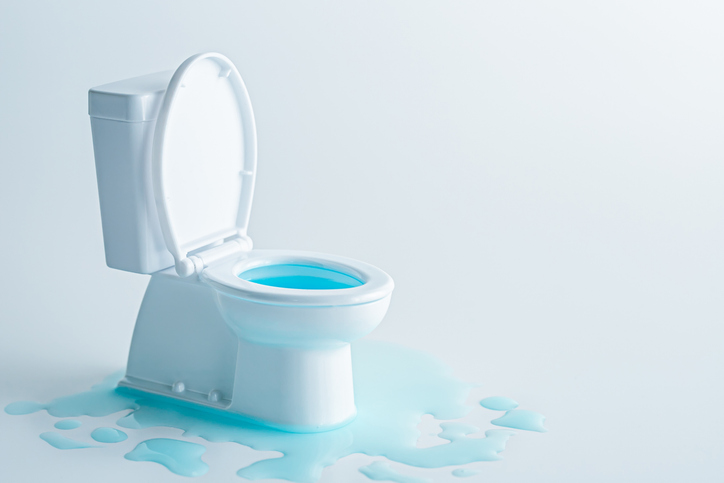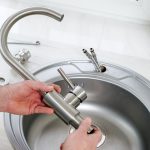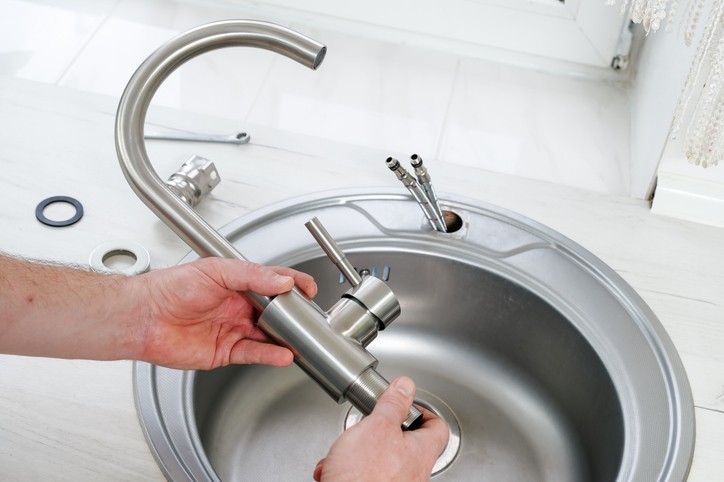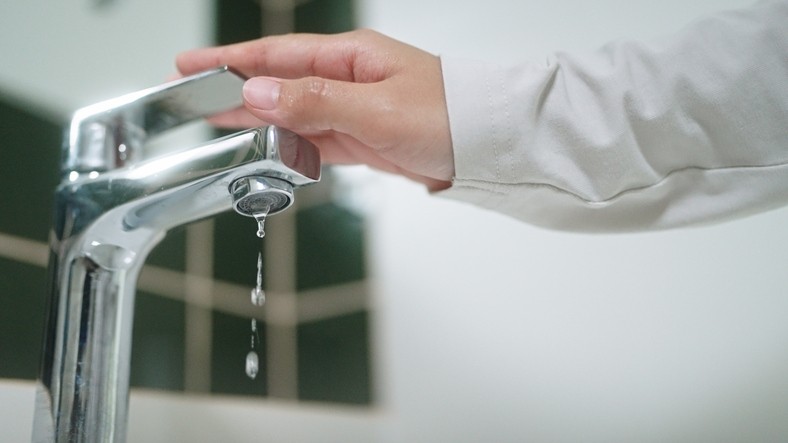As a homeowner, you’re bound to experience the occasional plumbing leak. Sometimes, it stares you right in the face in the shape of brown stain on your ceiling, or a drip coming from a faucet. Other times, it’s not so obvious. Take toilet leaks, for example. Sure, a puddle of water around the base of your toilet is a sure sign of a leak, but what if there is no clear indication that your toilet is wasting gallons of water each day?
Fortunately, identifying a toilet leak is a relatively simple process that just about any homeowner can manage with the right steps. Here’s how you can test for a toilet leak and what to do if you discover one, especially if you need Plumbing repair in Aurora or a Plumber in Solon.

How to Test for a Toilet Leak
- Listen for unusual sounds. The most obvious sign of a toilet leak is the sound of running water when the toilet hasn’t been flushed. If you hear a constant hissing or the sound of water trickling, you may have a leak.
- Conduct the dye test. One of the easiest and most effective ways to check for a leak is by using food coloring or a dye tablet. Start by removing the tank lid and placing a few drops of food coloring or a dye tablet into the toilet tank. Wait for about 15-30 minutes without flushing the toilet. Check the toilet bowl; if any of the dye has made its way into the bowl, you have a toilet leak.
- Check the water meter. Turn off all water-using appliances in your home, including faucets and sprinklers. Record the reading on your water meter. Wait for an hour or two without using any water, then check the meter again. If the meter has changed, you may have a leak in your plumbing, including your toilet.
What to Do If You Find a Leak
Should you confirm you have a toilet leak, there are a few easy DIY steps you can take to get to the root cause.
- Start by inspecting the flapper valve. The flapper is responsible for sealing water inside the tank until you flush. Over time, it can degrade and stop sealing properly. Replacing the flapper is easy and inexpensive. Turn off the water supply, flush the toilet to empty the tank, and then replace the old flapper with a new one.
- If the flapper is in good condition, the fill valve may be the issue. A fill valve that doesn’t shut off properly can cause the water to keep running. Adjust the fill valve or replace it if necessary.
- Sometimes the float is set too high, allowing the tank to overfill and causing water to spill into the overflow tube. Adjusting the float so the water level stays below the overflow tube can fix this issue.
When to Call Norhio Plumbing
If you’ve done all the above but the leak persists, it’s time to contact Norhio Plumbing. One of our licensed and experienced professionals can identify identify the issue, including more complex ones like cracks in the tank or bowl, and ensure your plumbing is in top condition. Contact us today or anytime the need arises.









Leave a Reply